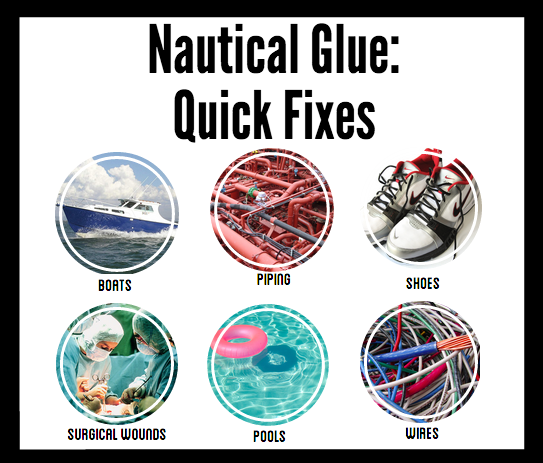Researchers at the Massachusetts Institute of Technology have officially put the “super” back in “super glue” with their latest innovation in synthetic biology.
The mixture of proteins, described in the Sept. 21 issue of Nature Nanotechnology, mimic the sticky adhesives of shellfish and artificial E. coli proteins. This innovation shows promise in the areas of boat repair and even surgical wound sealing.
“My research was originally inspired by the amyloid-like [insoluble and rubbery] underwater adhesives found in certain marine organisms, like barnacles,” said Dr. Chao Zhong, lead author of the paper, former postdoctoral associate at MIT and current associate professor at ShanghaiTech University.
The waterproof nature of the glue could mark it a promising material for future medical use, Zhong said.
“Potential applications include medical applications in which moisture resistant adhesives are necessary,” he said. “For example, adhesives used for medical surgery, adhesives that can fill cavities, adhesives that can stabilize implant interfaces have the potential to replace the stitches or staples used.”
But apart from sealing wounds, this shellfish-inspired glue is also expected to play a practical role in nautical fields.
“Another important application area is the repair of ships and other underwater devices used in marine settings,” Zhong said. “These protein materials may also be useful as protective coatings for surfaces.”
Unfortunately, the glue may not exactly be a necessary innovation in the local scope of college-level aquatics.
Margaret Swanson, captain of the Boston University Women’s Sailing Team and a junior in the College of Engineering, said the small boats typically used on the river rarely need repairing, and even when they do get damaged, easy and economical fixes already exist.
“They’re usually fixable by replacing the fiberglass. Materials for that are relatively inexpensive,” Swanson said. “And as long as we aren’t crashing boats often, this seems like a product that may not be a ton of use to us.”
But the newly engineered adhesive still holds promise in larger maritime ships due to its mussel-like origin.
“I came across this idea…by connecting two existing protein building blocks in nature using synthetic biology techniques,” Zhong said. “This realization led to the development of the adhesive.”
These two building blocks are mussel foot proteins and curli fibers, which are simply bacterial proteins that have little to no trouble clumping together. The team of researchers used engineered E. coli bacteria as a factory for both ingredients.
After growing from E. coli samples, the two varieties of proteins were purified from the bacteria and incubated. After growing into denser meshes of proteins, the concocted mixture proved to be innovatively sticky.
The resulting adhesive had a regular but flexible structure that was able to strongly attach to both wet and dry surfaces.
By using a technique known as atomic force microscopy, the researchers were able to probe samples of the adhesive with a tiny tip. From this, they found that the glue stuck strongest to silica, gold and polystyrene but held onto other metals with significant strength as well.
With this discovery comes potential success not only for this particular protein adhesive, but also all synthetically made biological materials.
“The ultimate goal for us is to set up a platform where we can start building materials that combine multiple different functional domains together and to see if that gives us better materials performance,” said Timothy Lu, the senior author of the paper and an associate professor of biological and electrical engineering and computer science at MIT, in a press release from Eurekalert.
Whether patching up wounds or safely cruising waterways, this development in synthetic biology will fulfill a need for underwater adhesives, Zhong said.
“The research has the potential to provide new insights into the mechanisms of natural underwater adhesion phenomena,” he said. “I’d like to see how far we can push the proteins for technical applications in my future research.”

